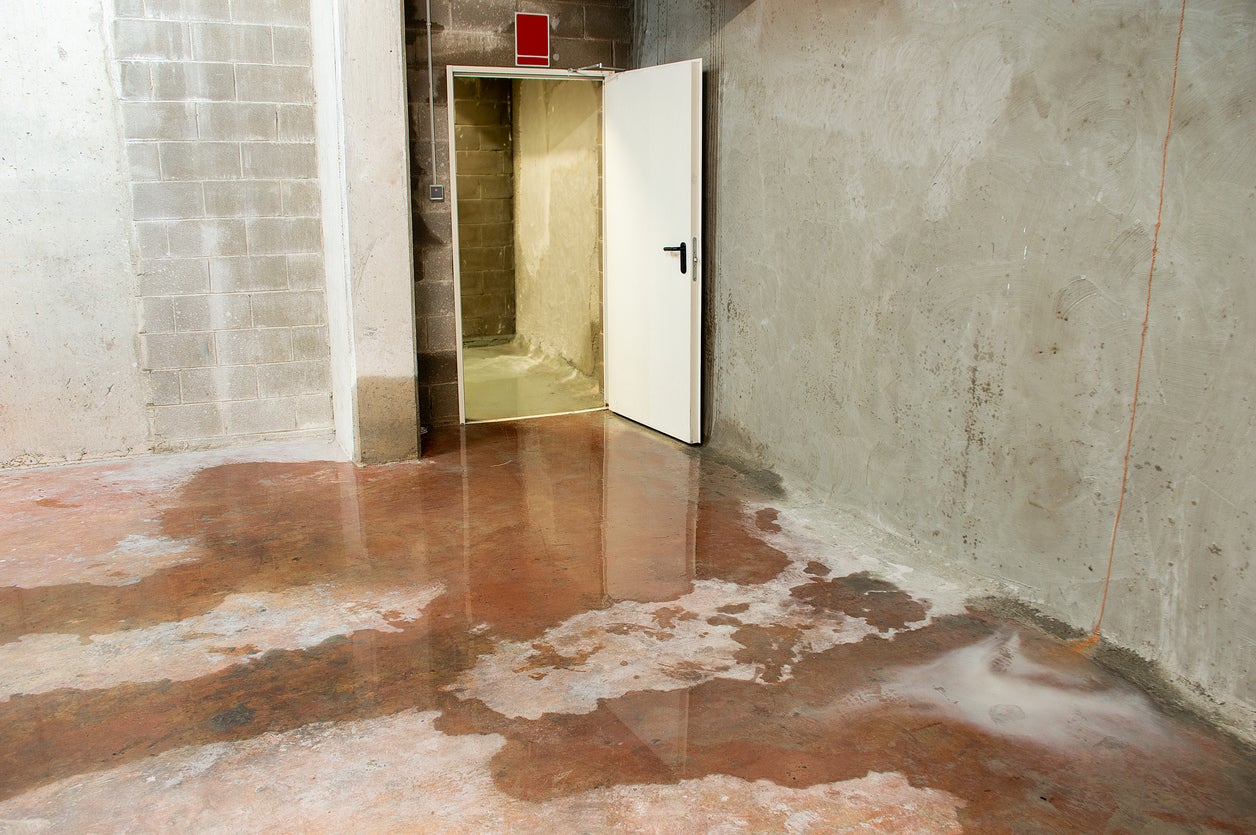

Articles
How To Fix Wet Basement
Modified: September 1, 2024
Learn effective strategies and practical tips through our articles on how to fix a wet basement. Take action now to prevent further damage and create a safe, dry living environment.
(Many of the links in this article redirect to a specific reviewed product. Your purchase of these products through affiliate links helps to generate commission for Storables.com, at no extra cost. Learn more)
Introduction
A wet basement can be a homeowner’s worst nightmare. Not only can it lead to costly damage to your property, but it can also pose serious health risks, such as mold growth and poor indoor air quality. Whether you’ve noticed water seepage, dampness, or actual flooding, addressing the issue promptly is crucial to prevent further damage.
In this comprehensive guide, we will explore the causes of wet basements, how to diagnose the problem, and the steps you can take to fix and prevent a damp basement. By following these expert tips, you can ensure a dry and safe living space for you and your family.
Key Takeaways:
- Addressing the root causes of a wet basement, such as cracks in the foundation and poor exterior drainage, is crucial to preventing water infiltration and costly damage to your property.
- Implementing proactive measures, including sealing foundation cracks, improving drainage, and installing a sump pump system, can effectively safeguard your basement against water infiltration and maintain a dry living space.
Read more: Basement Gets Wet When It Rains
Causes of a Wet Basement
A wet basement can be caused by various factors, ranging from poor construction to external factors. Understanding the root causes will help you determine the appropriate solution for your specific situation. Here are some common causes of wet basements:
- Cracks in the foundation: Over time, the foundation of your home can develop cracks, allowing water to seep through. These cracks can be caused by a variety of factors, including soil settlement, hydrostatic pressure, or poor construction techniques.
- Poor exterior drainage: If your home is not properly graded or does not have adequate gutters and downspouts, water can collect around the foundation. This excess moisture can find its way into your basement, creating a damp environment.
- Groundwater seepage: In some cases, a high water table or heavy rainfall can cause groundwater to rise above the basement floor level. This can result in hydrostatic pressure, forcing water through cracks or gaps in the foundation.
- Inadequate waterproofing: If your basement was not properly waterproofed during construction or if the existing waterproofing has deteriorated over time, water can easily penetrate the walls or floor. This can lead to moisture problems and water infiltration.
- Improperly installed or malfunctioning drainage systems: If the perimeter drainage system, such as French drains or foundation drains, is not properly installed or becomes clogged, water can accumulate around the foundation and seep into the basement.
It’s important to note that multiple factors can contribute to a wet basement. It’s not uncommon for a combination of these causes to be present in a single home. Therefore, a thorough assessment and diagnosis of your specific situation is necessary before determining the appropriate course of action.
Assessing and Diagnosing the Issue
Before you can effectively address the issue of a wet basement, it’s essential to assess and diagnose the underlying problem. This will help you identify the cause of the water infiltration and determine the appropriate solutions. Here are the steps to assess and diagnose the issue:
- Inspect the interior and exterior: Start by examining the interior and exterior of your basement. Look for signs of water damage, such as wet or stained walls, pooling water, mold growth, or a musty odor.
- Identify potential entry points: Pay close attention to cracks, gaps, or other openings in the foundation, walls, or floor. These can serve as pathways for water to enter your basement.
- Check the grading and drainage: Evaluate the slope of the ground around your home. Ideally, it should slope away from the foundation to prevent water from pooling. Additionally, check the gutters and downspouts to ensure they are clear and effectively channeling water away from the house.
- Observe during rainfall: During a rainstorm, carefully observe the behavior of water around your home. Look for any indications of water pooling near the foundation or signs of excessive runoff.
- Consider the age and condition of your home: Older homes may have outdated or deteriorated waterproofing systems. Take into account the age and construction of your property when assessing the potential causes of a wet basement.
While these steps can help you identify potential issues, it’s important to remember that diagnosing the precise cause of a wet basement can be complex. It may require the expertise of a professional waterproofing contractor or structural engineer who can conduct a more thorough evaluation and provide tailored recommendations.
By accurately assessing and diagnosing the issue, you can take the necessary steps to effectively resolve the problem and prevent further water intrusion in your basement.
Seal Cracks and Leaks in the Foundation
One of the most common causes of a wet basement is cracks and leaks in the foundation. These openings allow water to seep into your basement, leading to moisture problems and potential water damage. Sealing these cracks and leaks is an essential step in preventing water infiltration. Here’s how you can do it:
- Clean and prepare the area: Start by cleaning the cracked areas with a wire brush or a stiff bristle brush. Remove any loose debris, dirt, or old sealant, ensuring a clean surface for proper adhesion.
- Choose the right sealant: Select a high-quality waterproof sealant that is designed specifically for foundation repair. There are various types of sealant available, such as epoxy injections, polyurethane sealants, or hydraulic cement. Consult with a professional to determine the best option for your specific situation.
- Apply the sealant: Follow the manufacturer’s instructions on how to apply the sealant. Typically, you will use a caulk gun or trowel to fill the cracks or gaps with the sealant. Ensure that the sealant fills the entire depth of the crack to effectively prevent water penetration.
- Allow for curing time: Give the sealant adequate time to cure and dry. This may take several hours or even days, depending on the product and environmental conditions. Avoid exposing the sealed area to water or excessive moisture during this curing period.
- Inspect and repeat if necessary: Once the sealant has cured, inspect the area to ensure that it has effectively sealed the cracks or leaks. If any areas still show signs of water infiltration, reapply the sealant as needed.
It’s important to note that while sealing cracks and leaks can effectively prevent water intrusion in many cases, it may not be a permanent solution for more severe foundation issues. If you notice recurring or significant water seepage despite your efforts to seal the cracks, it’s advisable to consult with a professional waterproofing contractor or structural engineer for a comprehensive assessment and appropriate recommendations.
By sealing cracks and leaks in the foundation, you take a proactive step towards eliminating potential entry points for water and ensuring a drier basement.
Improve Drainage around the Exterior
Poor exterior drainage is a common culprit behind wet basements. If water is not properly directed away from your home, it can accumulate around the foundation and find its way into your basement. Improving the drainage around the exterior of your house is crucial in preventing water infiltration. Here are some steps you can take to improve drainage:
- Ensure proper grading: Check the slope of the ground around your home. The terrain should be angled away from the foundation, allowing water to naturally flow away instead of pooling near the walls. If the grading is inadequate, you may need to regrade the soil to establish a proper slope.
- Install downspout extensions: Downspouts play a critical role in directing rainwater away from your house. Make sure that your downspouts extend at least four to six feet away from the foundation to prevent water from seeping into the basement. You can use downspout extensions or splash blocks to achieve proper drainage.
- Consider French drains: French drains are trenches filled with gravel or perforated pipes that help redirect water away from your home. Installing French drains along problem areas or near the foundation can help collect and channel water away, reducing moisture buildup around your basement walls.
- Install a dry well or a rain garden: Dry wells and rain gardens are designed to manage excess rainfall by absorbing and disbursing water into the ground. These solutions are particularly effective in areas with poor soil drainage. Consult with a professional to determine the best location and size for a dry well or rain garden on your property.
- Maintain gutters and downspouts: Regularly clean and inspect your gutters and downspouts to ensure they are free from debris and functioning properly. Clogged or damaged gutters can cause overflowing, leading to water seepage near the foundation. Install gutter guards to prevent debris buildup and consider adding a leaf diverter to redirect leaves and twigs away from the downspouts.
Improving drainage around the exterior of your home is an effective way to divert water away from your foundation and minimize basement moisture problems. Keep in mind that every property is unique, and the drainage solutions you choose should be tailored to your specific needs and the characteristics of your landscape.
By implementing these drainage improvements, you can significantly reduce the risk of a wet basement and maintain a dry and healthy living space.
Make sure your gutters and downspouts are clear and directing water away from your foundation. Consider installing a sump pump to remove excess water.
Read more: How To Fix Wet Spots In Candles
Install a Sump Pump System
A sump pump is a vital component in preventing basement flooding and water damage. It effectively removes excess water that may accumulate in the sump pit, helping to keep your basement dry. Installing a sump pump system is especially beneficial for homeowners with recurring or severe water infiltration issues. Here’s what you need to know about installing a sump pump system:
- Choose the right sump pump: There are two main types of sump pumps available – pedestal and submersible. Pedestal pumps sit above the sump pit, while submersible pumps are placed inside the pit. Consider factors such as the size of your basement, the amount of water infiltration, and your specific needs when selecting the appropriate sump pump for your situation.
- Locate the ideal spot for the sump pit: Determine the most suitable location for the sump pit in your basement. It should be placed in a low-lying area where water tends to accumulate. If necessary, consult with a professional plumber or waterproofing specialist to determine the optimal placement.
- Excavate and prepare the pit: Dig a hole in the designated location and create a pit to accommodate the sump pump. Make sure the size of the pit is appropriate for the pump you have chosen. Line the pit with gravel or small rocks to facilitate drainage.
- Install the sump pump: Follow the manufacturer’s instructions to properly install the sump pump in the pit. Ensure that it is leveled and secure. Connect the discharge pipe to direct the pumped water away from your home. It is recommended to use a check valve on the discharge pipe to prevent backflow from the outside.
- Test and maintain the sump pump: Once the sump pump is installed, test it to ensure it is functioning correctly. Pour water into the pit to activate the pump and observe if it effectively removes the water. Regularly inspect and clean the sump pump to remove any debris or sediment that may affect its performance.
A sump pump system can provide added peace of mind by significantly reducing the risk of basement flooding and water damage. However, it’s important to note that a sump pump should not be considered a standalone solution. It is best to combine it with other preventive measures, such as proper exterior drainage and foundation sealing, for optimal basement protection.
Consult with a professional plumber or waterproofing specialist for guidance on selecting and installing a sump pump system that suits your specific needs and basement conditions. With a properly installed and maintained sump pump, you can effectively safeguard your basement against water infiltration and enjoy a dry living space.
Waterproofing the Basement Walls and Floor
Waterproofing the basement walls and floor is an effective measure to prevent water infiltration and moisture-related issues. By creating a barrier between the interior of your basement and the surrounding soil or groundwater, you can significantly reduce the risk of a wet basement. Here are some methods to waterproof your basement walls and floor:
- Exterior waterproofing: This method involves excavating around the exterior of your home’s foundation and applying a waterproof membrane or coating to the walls. It helps prevent water from reaching the foundation walls, reducing potential water infiltration into your basement.
- Interior waterproofing: Interior waterproofing involves applying a waterproofing sealant or coating directly to the basement walls and floor. It creates a barrier that prevents moisture from penetrating into the living space. Interior waterproofing is often combined with other methods for comprehensive protection.
- Crystalline waterproofing: Crystalline waterproofing products are applied as a coating or mixed into the concrete during construction. These products react with water and form crystalline structures that block the passage of water. Crystalline waterproofing can provide long-term protection against water infiltration.
- Waterproofing paint or sealant: Waterproofing paint or sealant is specially formulated to create a protective barrier on the basement walls and floor. It helps to prevent water penetration and dampness. Before applying the paint or sealant, ensure that the walls are clean and free from any existing moisture or mold.
- Install a vapor barrier: A vapor barrier, usually a plastic sheet or membrane, is installed on the interior walls and floor to prevent moisture from permeating through. It helps to control condensation and humidity levels, reducing the chances of mold growth and water damage.
It is important to consult with a professional waterproofing contractor to assess your specific needs and recommend the most suitable waterproofing method for your basement. They will consider factors such as the age and condition of your home, the severity of water infiltration, and the local climate.
Properly waterproofing your basement walls and floor is a proactive step in protecting your home from water damage and maintaining a dry and healthy living space. By investing in effective waterproofing measures, you can enjoy peace of mind knowing that your basement is well-protected against potential water infiltration.
Addressing Humidity and Condensation Issues
In addition to external sources of water, high humidity levels and condensation can contribute to a damp basement. Excessive moisture in the air can lead to mold growth, musty smells, and potential damage to your belongings. Addressing humidity and condensation issues is crucial in maintaining a dry and comfortable basement environment. Here are some methods to tackle these problems:
- Use a dehumidifier: Installing a dehumidifier in your basement can help regulate humidity levels by removing excess moisture from the air. Choose a unit with a sufficient capacity for the size of your basement and set the humidity level to around 40-50%. Empty the water collection tank regularly and clean the unit as recommended by the manufacturer.
- Improve ventilation: Proper ventilation is essential in controlling humidity and reducing condensation. Ensure that your basement has adequate airflow by opening windows, using exhaust fans, or installing a ventilation system. This will help to circulate the air and prevent moisture buildup.
- Insulate pipes and HVAC ducts: Cold water pipes and HVAC ducts can create condensation when they come into contact with the warm, humid air in the basement. Insulating these pipes and ducts with foam insulation sleeves or wraps can help prevent condensation and water droplets from forming.
- Seal basement windows and doors: Check for any gaps or cracks around basement windows and doors and seal them with weatherstripping or caulk. This will prevent warm, moist air from entering the basement and creating condensation on cool surfaces.
- Install proper insulation: Insulating the walls and ceiling of the basement can help control temperature and reduce moisture buildup. Consult with a professional to determine the appropriate insulation material and method for your specific basement conditions.
It’s important to regularly monitor and manage humidity levels in your basement, especially during humid seasons. Use a hygrometer to measure the humidity and keep it within a comfortable range. Additionally, addressing any water leaks, improving exterior drainage, and ensuring proper ventilation throughout your home can also contribute to reducing humidity and condensation issues in the basement.
By effectively addressing humidity and condensation issues, you can create a healthier and more comfortable living space in your basement while preventing potential damage and mold growth.
Maintaining a Dry Basement
Once you have taken the necessary steps to fix a wet basement and prevent moisture issues, it’s important to establish a maintenance routine to ensure that your basement remains dry. Regular maintenance will help you identify and address any potential problems before they escalate. Here are some tips to help you maintain a dry basement:
- Inspect and repair regularly: Regularly inspect your basement for any signs of water damage, such as dampness, mold growth, or cracks in the walls or floor. Address any issues promptly to prevent further damage. Consider scheduling an annual professional inspection to catch any underlying problems early.
- Keep gutters and downspouts clean: Clean your gutters and downspouts regularly to prevent clogs that can cause water to overflow and pool near the foundation. Ensure that downspouts are properly directed away from the house to prevent water from seeping into the basement.
- Monitor humidity levels: Use a hygrometer to monitor the humidity levels in your basement. Ideally, the humidity should be kept between 40-50%. If necessary, use a dehumidifier to remove excess moisture from the air.
- Maintain proper ventilation: Ensure that your basement has adequate ventilation to reduce humidity and prevent condensation. Open windows when weather permits or use exhaust fans to improve airflow. Consider installing a ventilation system if necessary.
- Address exterior drainage issues: Regularly inspect the grading around your home to ensure that water flows away from the foundation. If you notice any changes in water flow or pooling near the foundation, address the issue promptly to prevent water from seeping into the basement.
- Keep the sump pump well-maintained: If you have a sump pump system, regularly inspect and maintain the pump to ensure it is functioning properly. Test it periodically to verify that it is operational and consider installing a battery backup system to ensure continuous operation during power outages.
- Address plumbing leaks immediately: If you notice any plumbing leaks or water damage in your basement, address them promptly to prevent further damage. Repair any leaks and dry out the affected areas to prevent mold growth.
- Clean and declutter: Regularly clean your basement and remove any clutter or stored items that can obstruct airflow and promote moisture buildup. This will help maintain a clean and dry environment.
By following these maintenance tips, you can significantly reduce the risk of a wet basement and maintain a dry and healthy living space. Regular inspections and prompt repairs are key to preventing water damage and ensuring the long-term integrity of your basement.
Remember, prevention is crucial in maintaining a dry basement, so prioritize regular maintenance to keep your basement in optimal condition.
Read more: How To Fix Wet Rice In Rice Cooker
Conclusion
A wet basement can be a frustrating and costly problem for homeowners. However, with the right knowledge and proactive measures, you can fix and prevent a damp basement, ensuring a dry and healthy living space for you and your family.
We’ve explored the causes of wet basements, the importance of assessing and diagnosing the issue, and various methods to address the problem. From sealing cracks in the foundation to improving drainage, installing a sump pump system, waterproofing the walls and floor, and managing humidity levels, each step plays a crucial role in maintaining a dry basement.
By taking the time to evaluate your specific situation, addressing underlying issues, and implementing the appropriate solutions, you can effectively prevent water infiltration, mold growth, and costly water damage to your property.
It’s important to remember that maintaining a dry basement requires ongoing attention. Regular inspections, timely repairs, and consistent maintenance are key to preventing future water issues and ensuring the long-term integrity of your basement.
If you’re uncertain about the best course of action for your wet basement or if the problem persists despite your efforts, it’s advisable to consult with a professional waterproofing contractor or structural engineer. They can provide expert guidance tailored to your specific needs and help you navigate the complex process of waterproofing and basement maintenance.
Don’t let a wet basement dampen your spirits. By implementing the strategies outlined in this guide and prioritizing regular maintenance, you can enjoy a dry, comfortable, and worry-free basement for years to come.
Frequently Asked Questions about How To Fix Wet Basement
Was this page helpful?
At Storables.com, we guarantee accurate and reliable information. Our content, validated by Expert Board Contributors, is crafted following stringent Editorial Policies. We're committed to providing you with well-researched, expert-backed insights for all your informational needs.
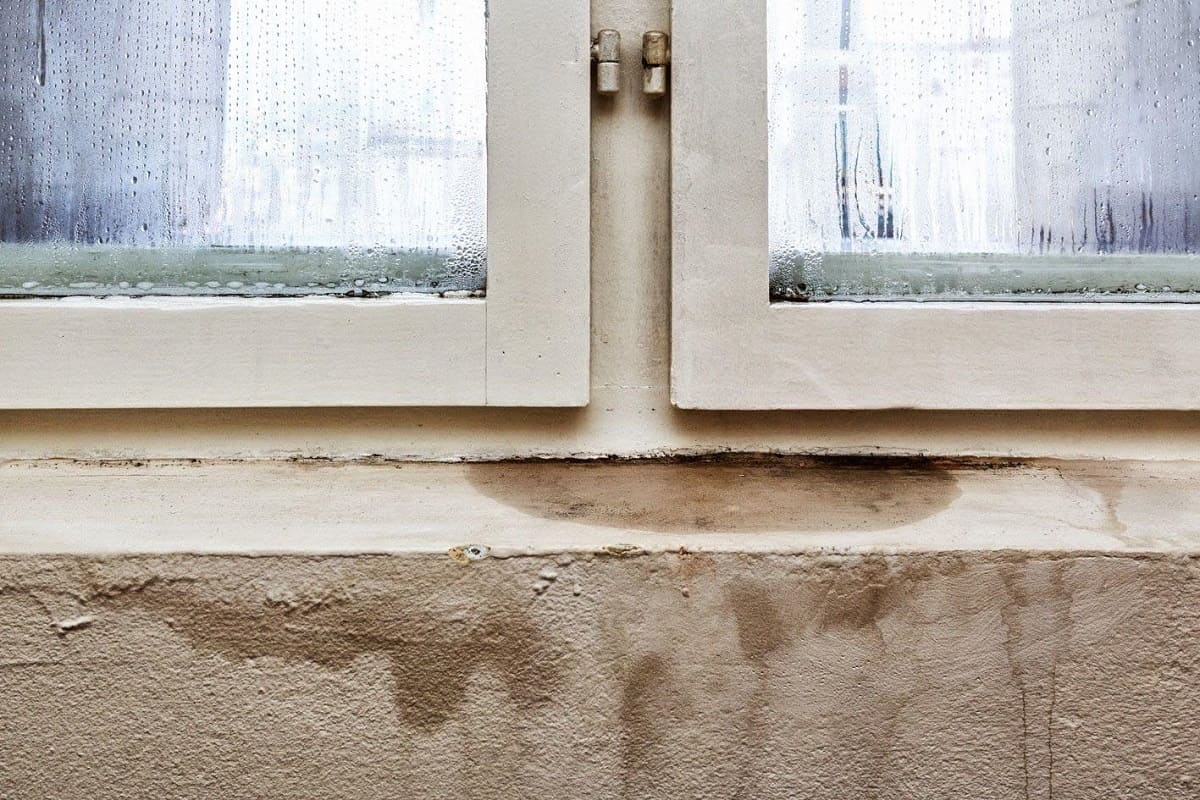
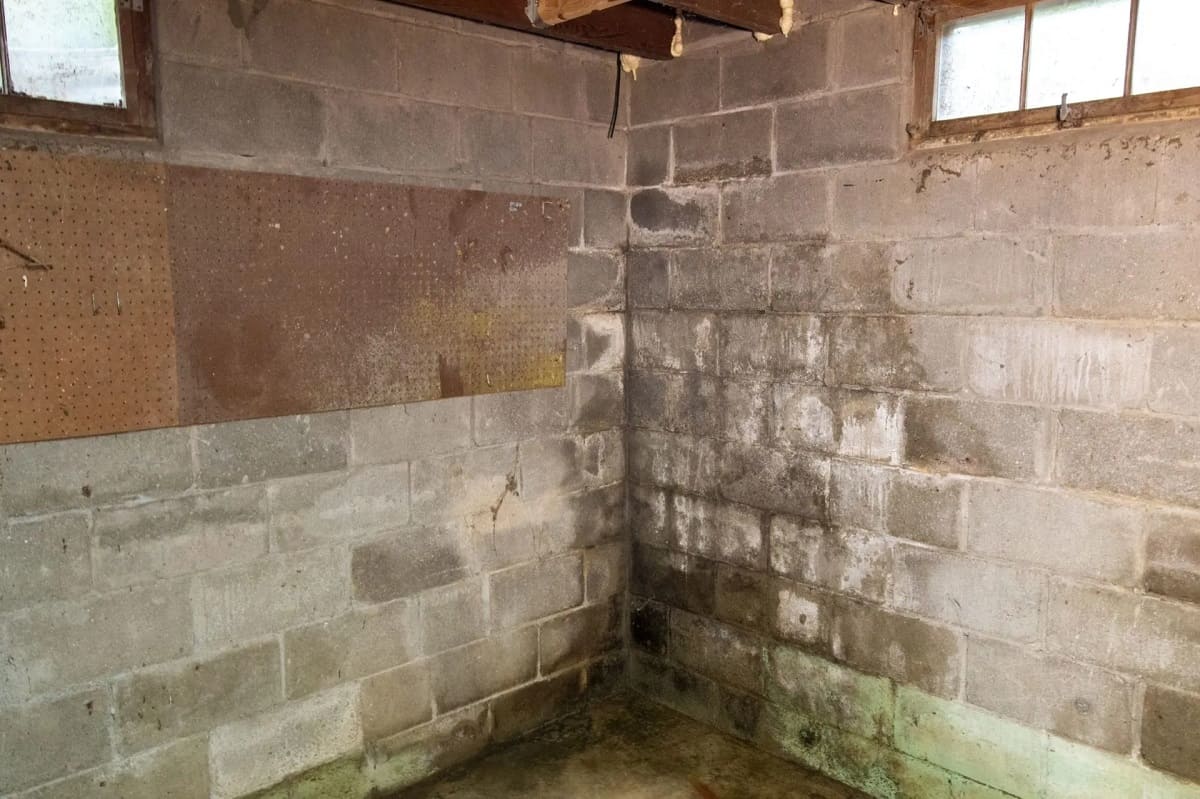
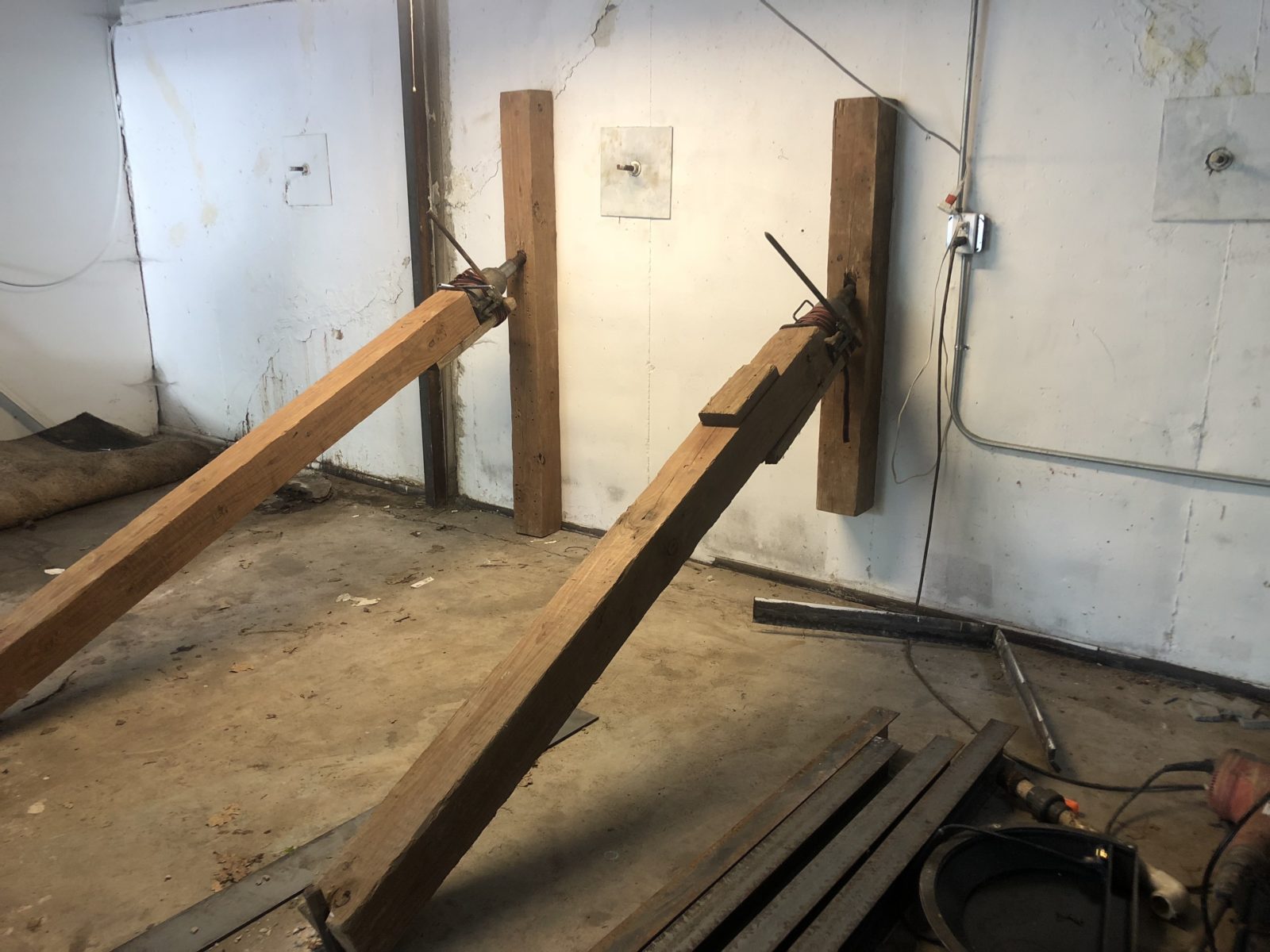
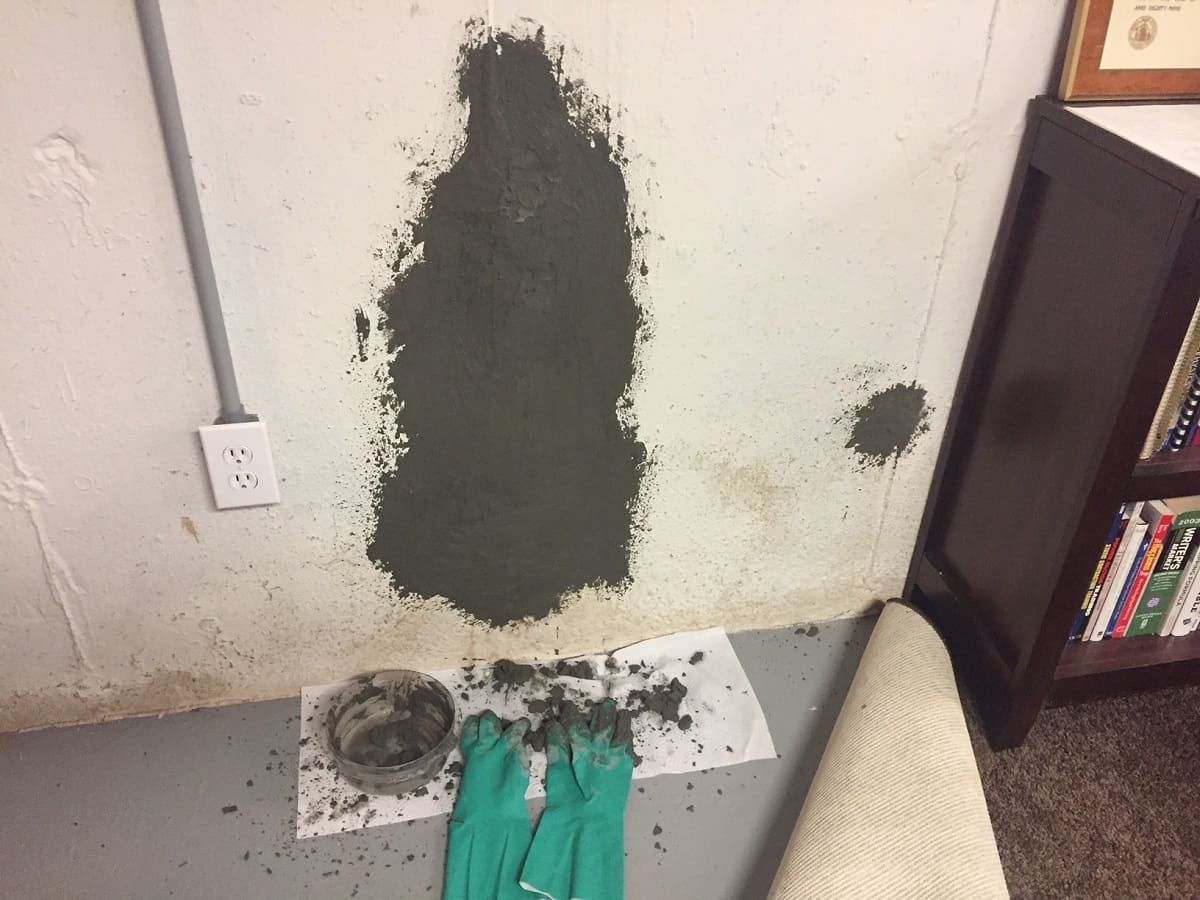
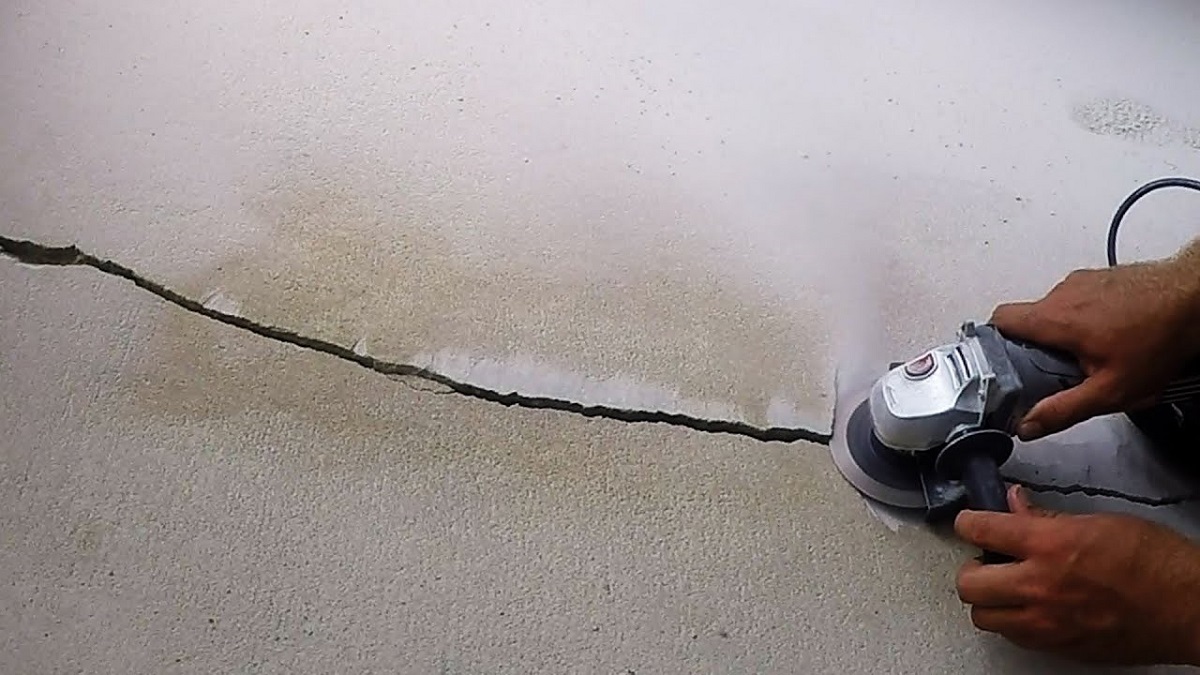
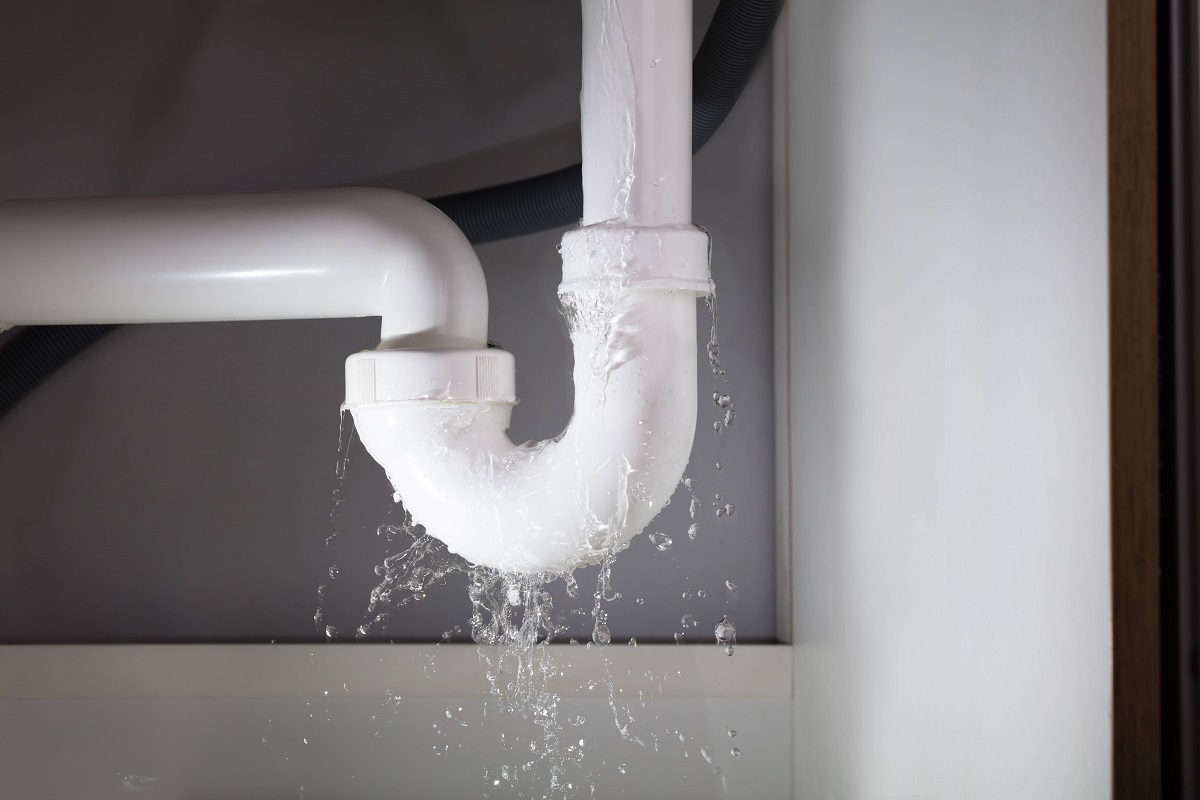
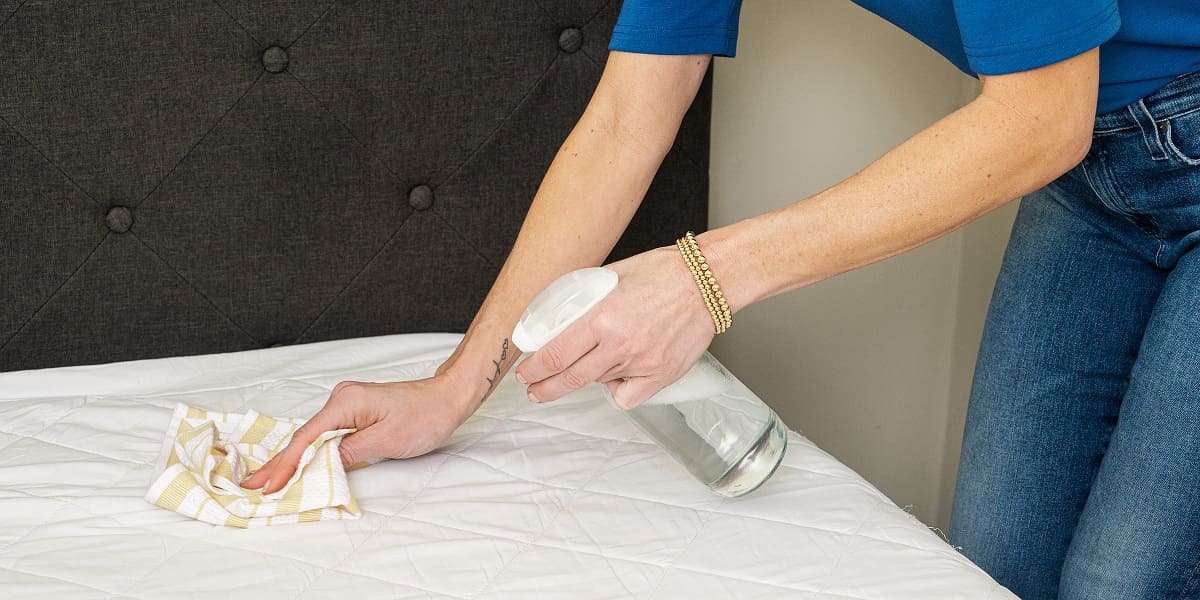
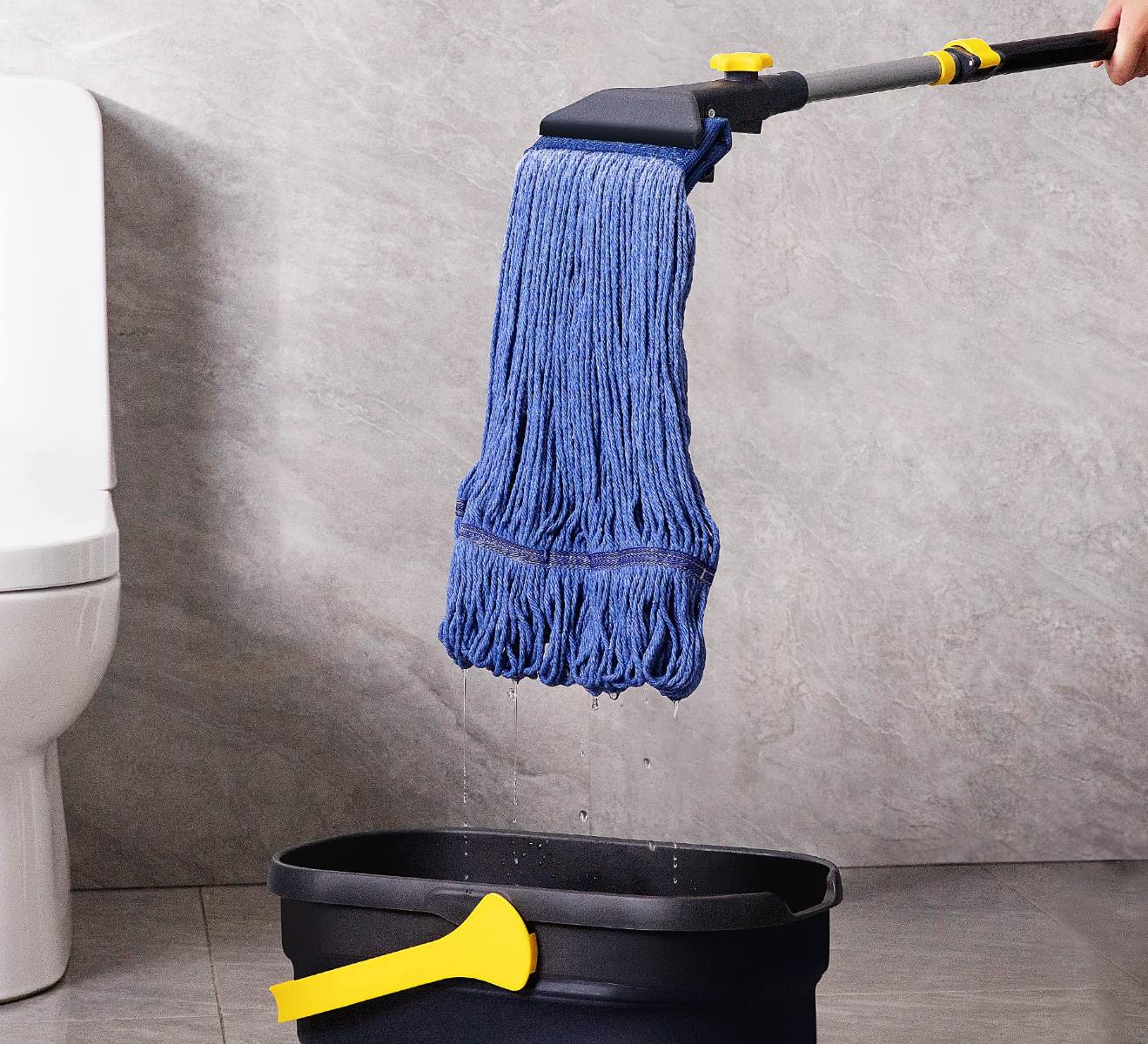
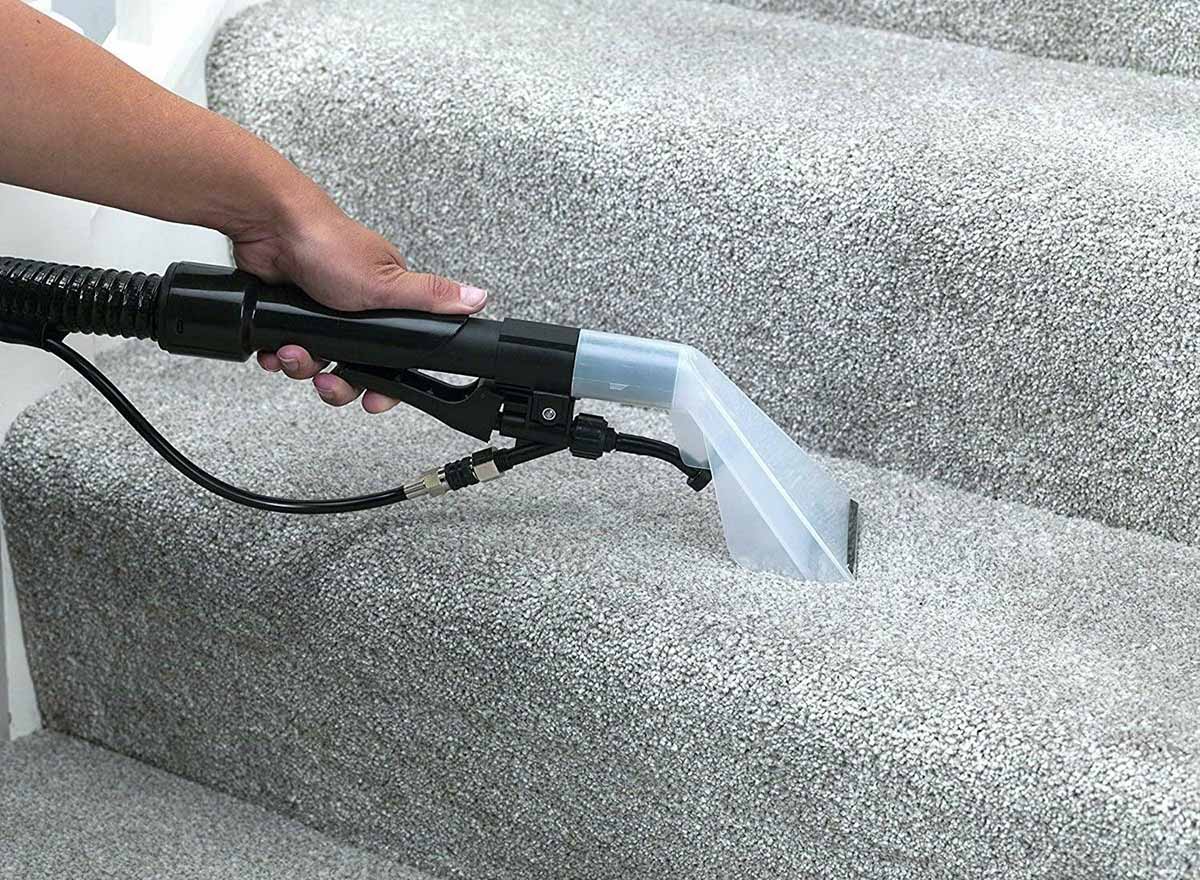

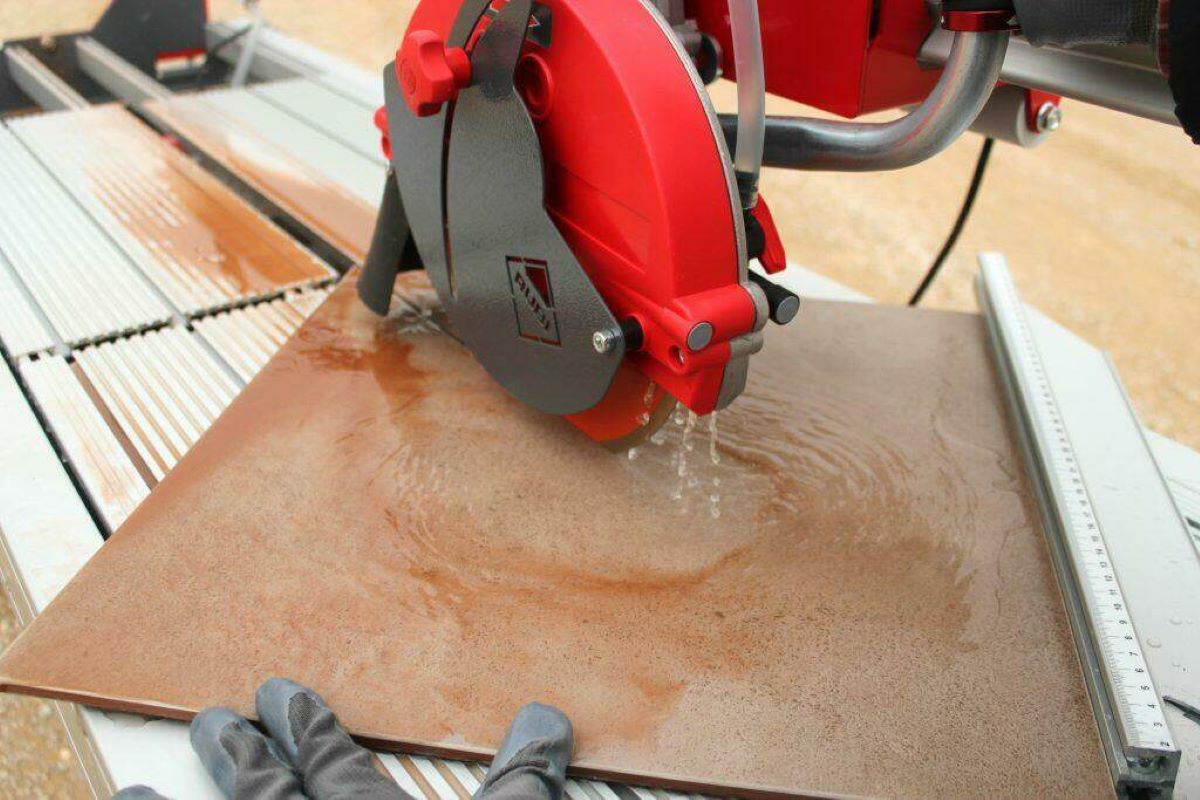
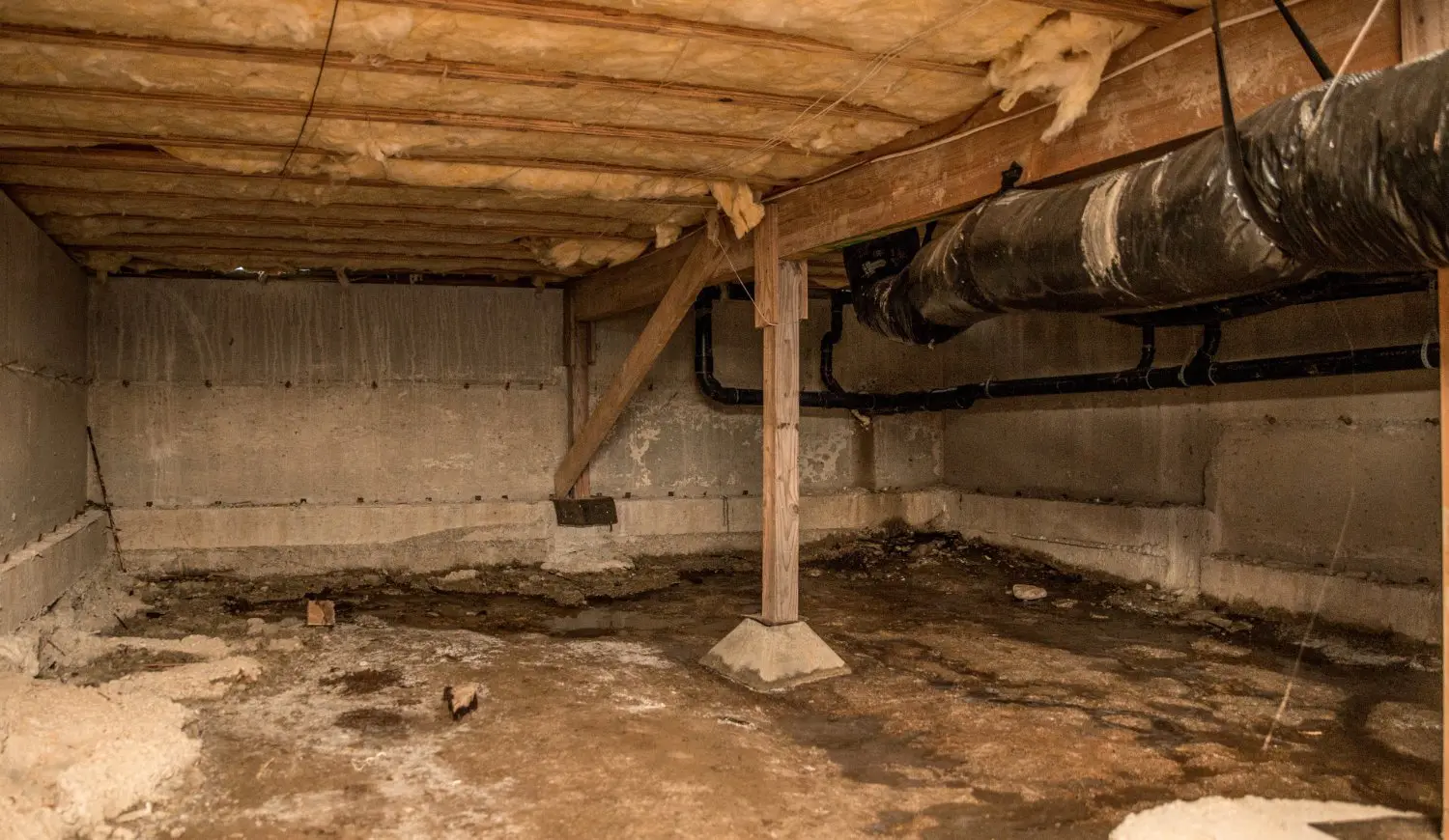
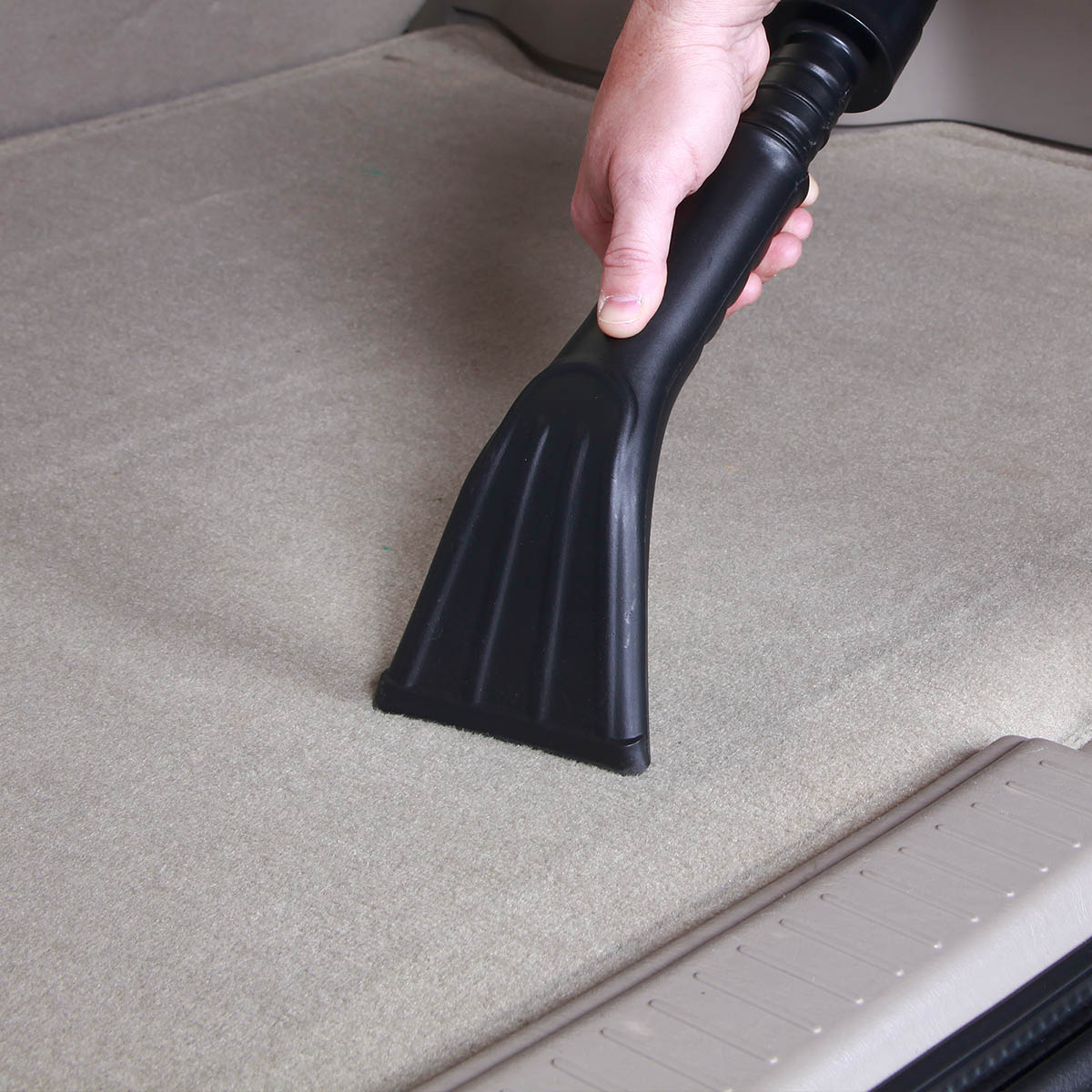

0 thoughts on “How To Fix Wet Basement”